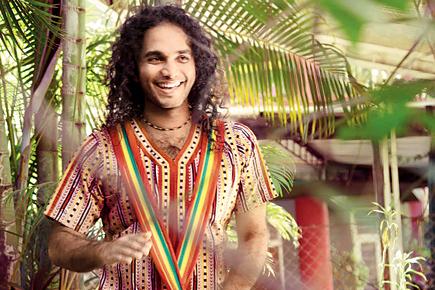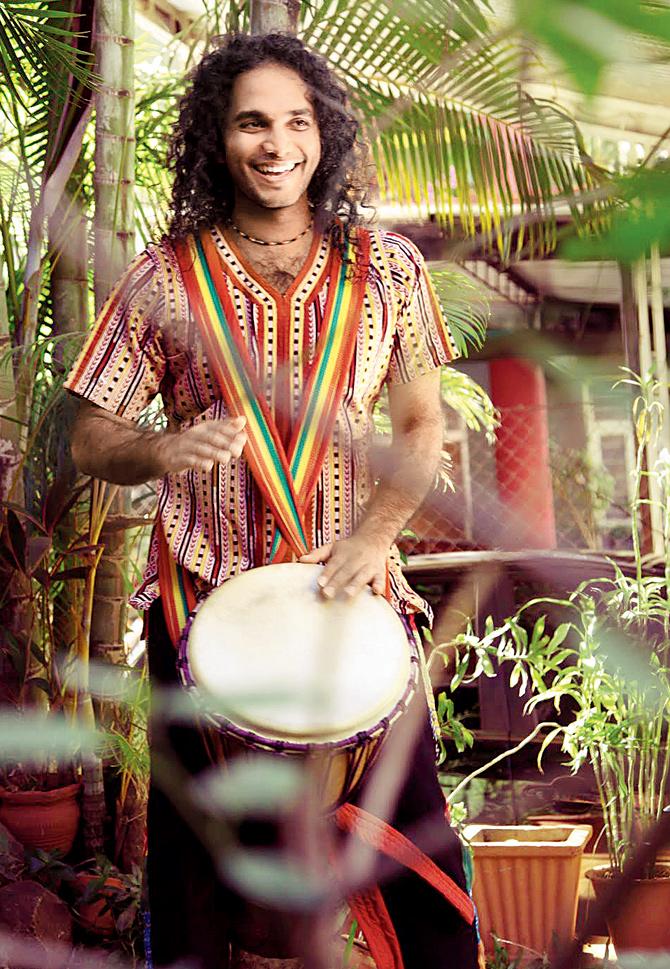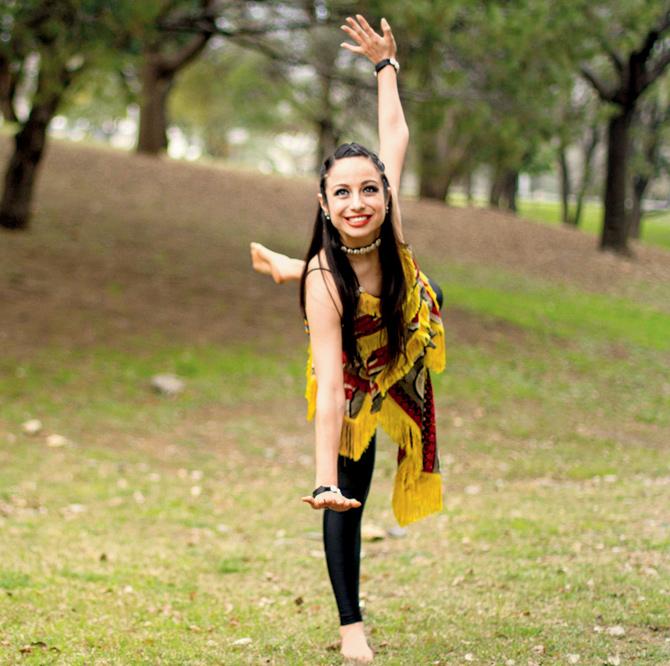Learn coastal fishing and harvest dances to the beats of the djembe at a West African dance workshop

Varun Venkit plays the djembe
![]() Decked up in a bright Aztec-print costume, Kero Davila arches her body forward and moves powerfully to the rustic rhythms of the djembe in a video posted on the website of Drum Art, a West African dance and drumming organisation in Mexico, where she teaches West African dance. An instructor since eight years, Davila studied the form from a host of dancers from the West African country of Guinea-Conakry, that is the source of the Mandingue (an ethnic group of West Africa) dance culture. This weekend, she will introduce city crowds to the dramatic and expressive dance form at a workshop in Sion. Presented by Taal Inc, the workshop also features drummer Varun Venkit, a certified djembe professor and student of the African djembe grandmaster Mamady Keita, who will play the instrument to provide rhythms for the dance.
Decked up in a bright Aztec-print costume, Kero Davila arches her body forward and moves powerfully to the rustic rhythms of the djembe in a video posted on the website of Drum Art, a West African dance and drumming organisation in Mexico, where she teaches West African dance. An instructor since eight years, Davila studied the form from a host of dancers from the West African country of Guinea-Conakry, that is the source of the Mandingue (an ethnic group of West Africa) dance culture. This weekend, she will introduce city crowds to the dramatic and expressive dance form at a workshop in Sion. Presented by Taal Inc, the workshop also features drummer Varun Venkit, a certified djembe professor and student of the African djembe grandmaster Mamady Keita, who will play the instrument to provide rhythms for the dance.
ADVERTISEMENT

Varun Venkit plays the djembe
Mother of dances
Originating sometime in the 13th century in West Africa, when the djembe (a rope-tuned, skin-covered goblet drum) was discovered, West African dance is considered to be the mother of all dance forms. "You will find elements of Latin dance and tap dance in it. When African slaves travelled to various parts of the world, they took with them their music and dance. That’s why, it’s said that West African dance is the mother of all other dance forms," shares Davila.

West African dance teacher Kero Davila
Mimicking everyday life, the dance movements depict a story and history of an occasion. For instance, a harvest rhythm will have moves portraying ploughing a field or picking a crop. "People have sung, drummed and danced as a very matter-of-fact part of their day-to-day lives in West Africa. The moves are strong and rooted to the elements of Earth. What is unique is the power and finesse — both are integral and typical to this dance form. We will dance to rhythms such as Kuku (coastal Guinean fishing dance), Kassa (harvest dance) and Soli (Initiation dance)," shares Davila.
Beat and beyond
Traditionally, the djembe and West African dance go hand-in-hand. "The djembe ensemble is incomplete without dancers. There is an amazing respect and rivalry between djembefolas and dancers. The ensemble holds the rhythm while the soloist will mark the dance steps of the dancers. The dancers will change steps together as the drummer plays a particular signal. This is amazing to watch and we will witness it during the workshop too," adds Venkit. Participants are required to wear loose and comfortable clothing for the workshop.
 Subscribe today by clicking the link and stay updated with the latest news!" Click here!
Subscribe today by clicking the link and stay updated with the latest news!" Click here!







